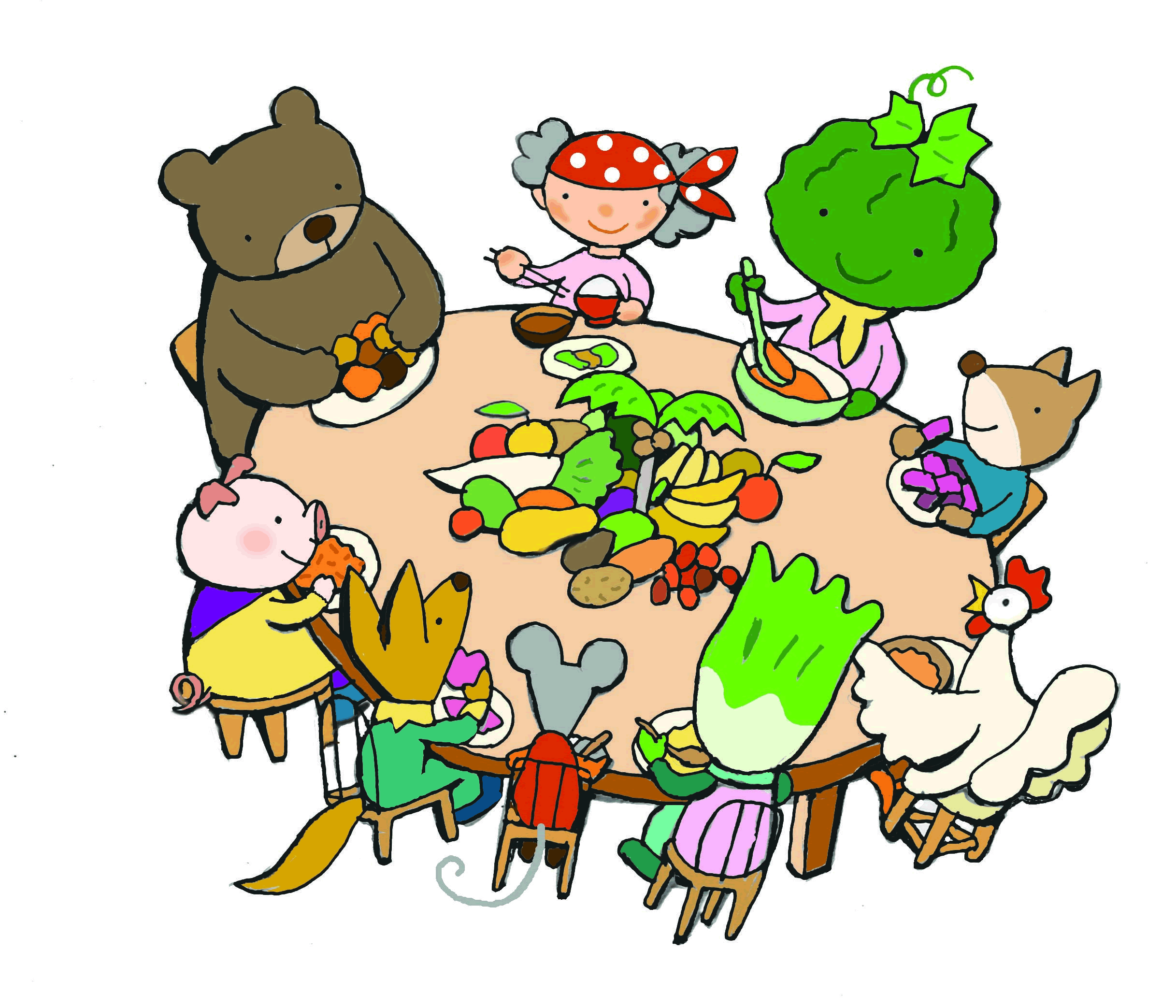Consumer Agency and Consumer Committee:
Launch amid Strong Concerns about Structure, Members and more
By Yamaura Yasuaki
Secretary General of of Consumers Union of Japan
Japan’s LDP-led government scrambled to launch the Consumer Agency and the Consumer Committee on September 1, 2009. It was clear that the launch was rushed to happen while Taro Aso was still prime minister, but the LDP-selected Sumita Hiroko, who was expected to be chairman, refused to participate after criticism. Then Hayashi Fumiko from car company Nissan Co. refused to take the helm in order to participate in the election instead. Hiwasa Nobuko from food maker Snow Brand Milk Products Co. who has previously served as secretary-general of the National Liaison Committee of Consumers’ Organizations (Shodanren) was chosen as a member while one other post is still vacant.
Why is the president of Asahi Breweries Ltd. a member of the Consumer Committee?!
Eventually, Matsumoto Tsuneo from the Hitotsubashi University Law School was elected as chairman of the Consumer Committee. Representing consumers, the members are Sano Mariko from Japan Housewives’ Association, Shimoyachi Fujiko from Japan Association of Consumer Affairs Specialists, Sakurai Keiko from Gakushuin University, Tajima Makoto from Jissen Women’s Educational University, journalist Kawada Keiko and lawyer Nakamura Masato from Japan Federation of Bar Associations. In addition, Ikeda Koichi, who is president of Asahi Breweries Ltd. was selected to represent the corporate sector.
This committee was nominated without any transparency by outgoing consumer minister Seiko Noda of the notoriously opaque LDP administration and the LDP-led Cabinet Office. The Consumer Committee is supposed to deal with matters involving consumer protection, but we cannot say from the consumer perspective that unexpectedly including representatives from the corporate sector will be seen as making the Consumer Committee independent nor will it enable the committee to give advice to the Prime Minister or the Consumer Agency. (more…)





